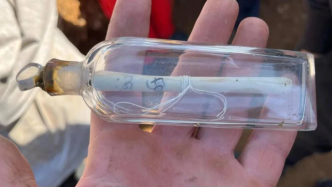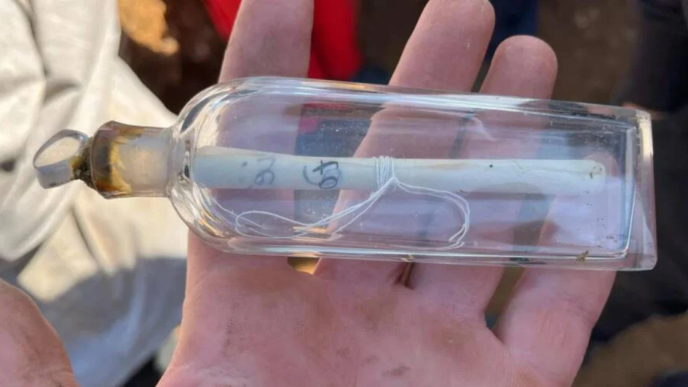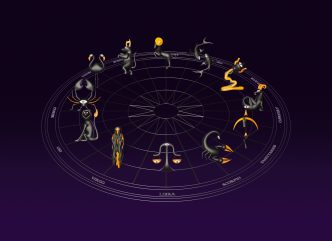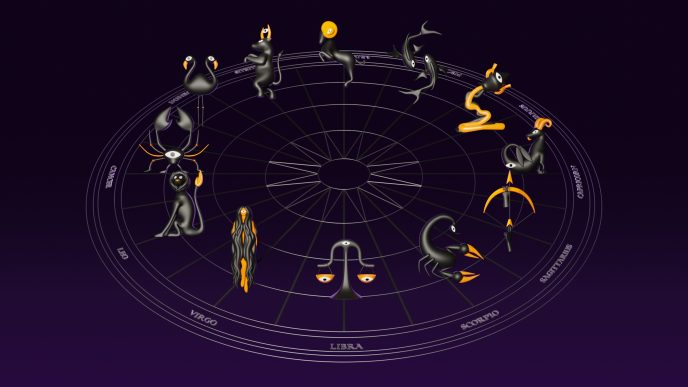2024 PT5 is a near-Earth asteroid measuring 11 meters across, comparable to the height of two giraffes. Earth is set to gain a temporary celestial companion—this mini-moon, known as 2024 PT5, is anticipated to enter our planet’s orbit on September 29, 2024. It will remain in orbit for nearly two months before being released back into the solar system.
Classified as an Arjuna asteroid, 2024 PT5’s 11-meter diameter is similar to two giraffes standing side by side. Research published in the Research Notes of the American Astronomical Society indicates that Earth’s gravity will capture the asteroid as it approaches at a low speed.
The asteroid is expected to leave Earth’s orbit on November 25 and continue its path around the sun. Yet, it will come close to our planet once more on January 9, 2025.
Earth’s Mini-Moons
Scientists note that Earth frequently captures near-Earth objects (NEOs) into orbit, referring to these as “temporarily captured flybys.” Typically, these mini-moons have brief lifespans, as they are eventually pulled back into their regular solar paths.
Current Location of 2024 PT5
As of now, 2024 PT5 is situated in the constellation Draco, positioned in the northern sky and approximately 1.9 million miles (3 million km) away from Earth. Despite being relatively close, the asteroid is too dim to be observed with the naked eye or even with standard backyard telescopes. Only professional astronomers equipped with powerful 30-inch telescopes will be able to detect it.
Origin of 2024 PT5
Asteroids like 2024 PT5 are thought to come from the Main Asteroid Belt located between Mars and Jupiter. More specifically, 2024 PT5 is part of the Arjuna asteroid group, which has an orbit that closely resembles Earth’s path around the sun. As the asteroid nears Earth on September 29, the planet’s gravitational force will cause it to temporarily orbit.
The asteroid was detected on August 7 by South Africa’s Asteroid Terrestrial-impact Last Alert System (ATLAS) telescope, the same system that recently spotted the comet A3, which can be seen without assistance.
Visibility of 2024 PT5
Sadly, 2024 PT5 will not be visible to the naked eye, and ordinary telescopes will likely be insufficient.
“The object is too small and dim for typical amateur telescopes and binoculars,” stated Carlos de la Fuente Marcos, one of the contributors to the journal article about the asteroid, in an interview with Space.com.
“However, it falls within the brightness range that professional astronomers’ telescopes can readily pick up,” Marcos added.













